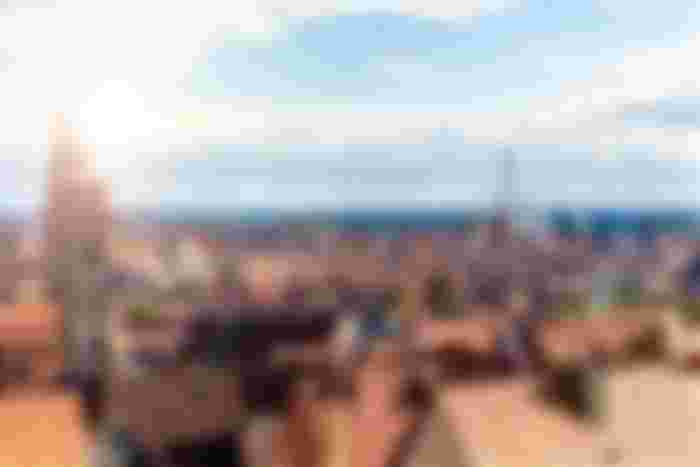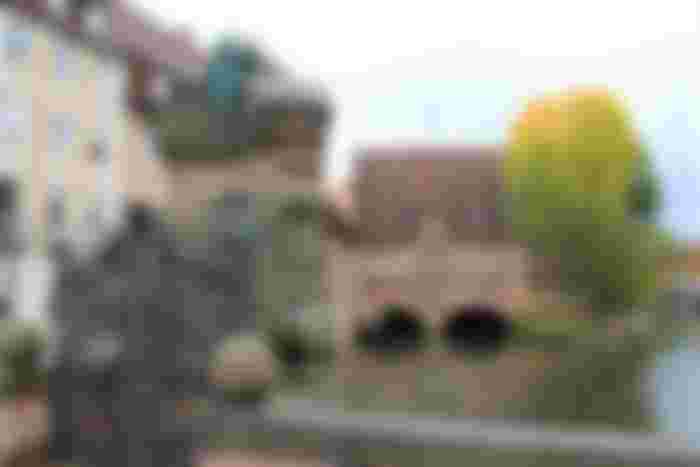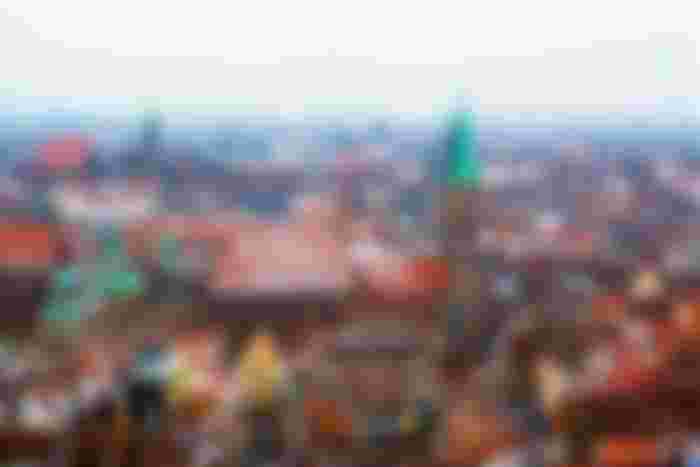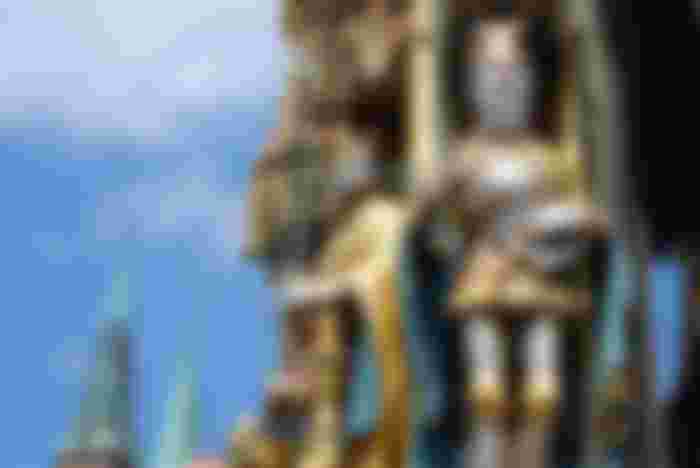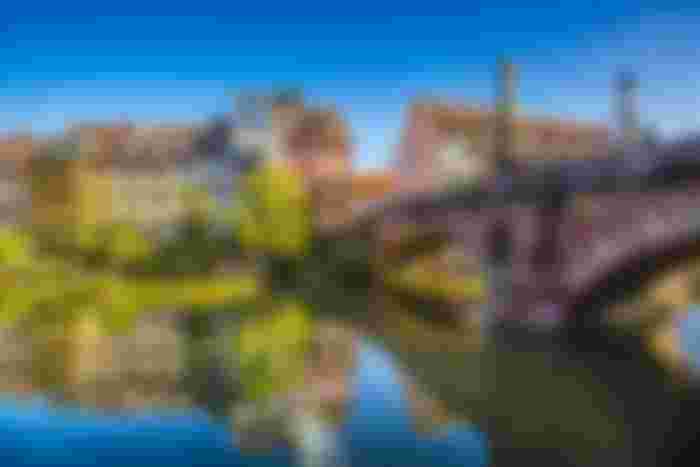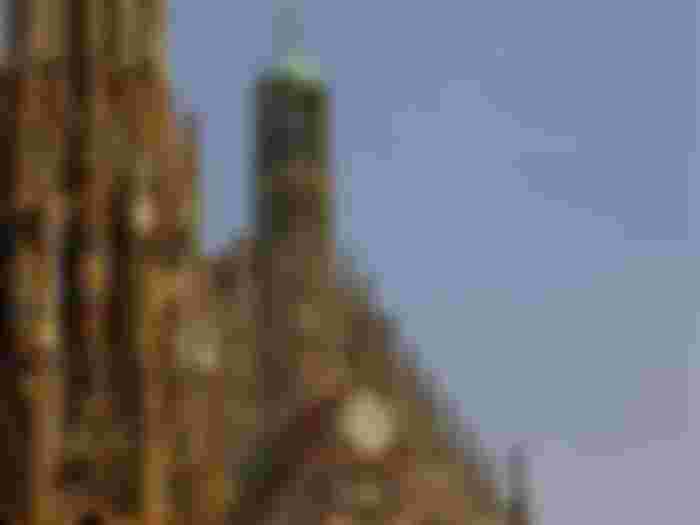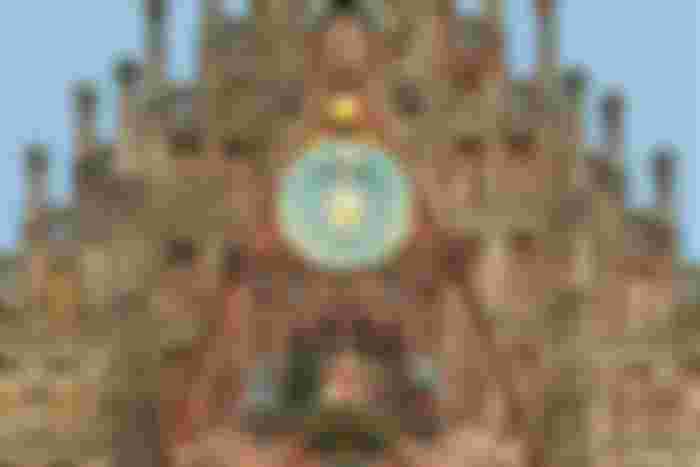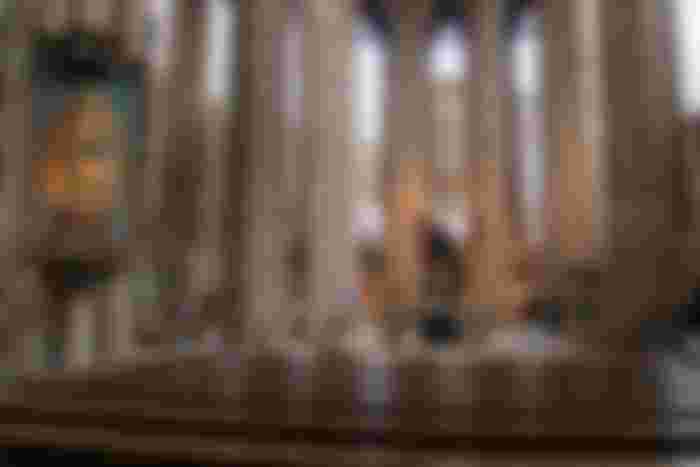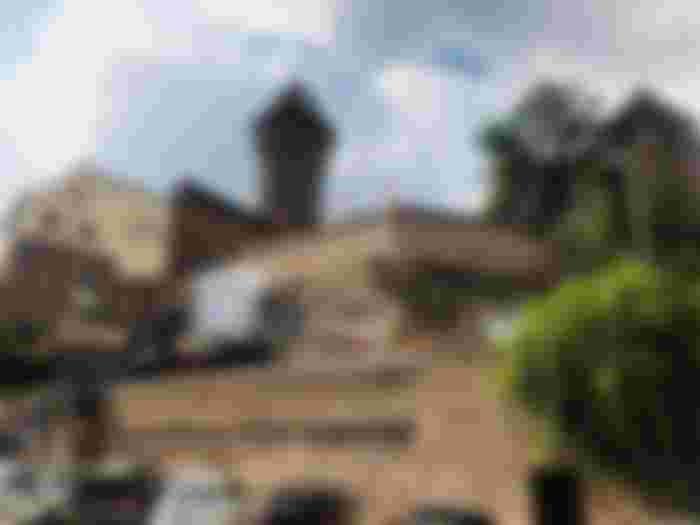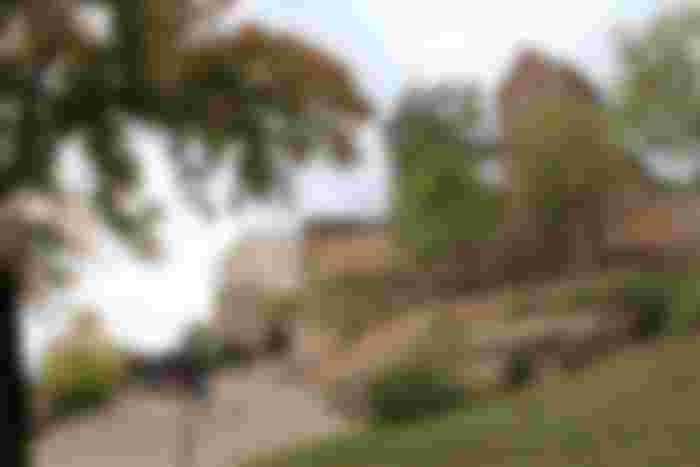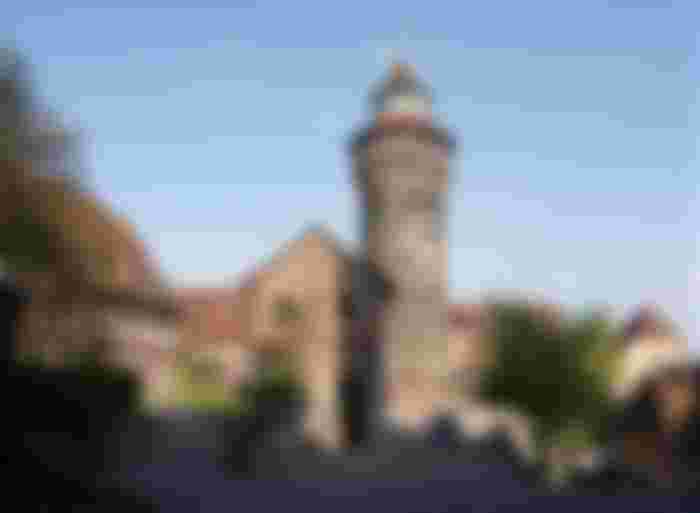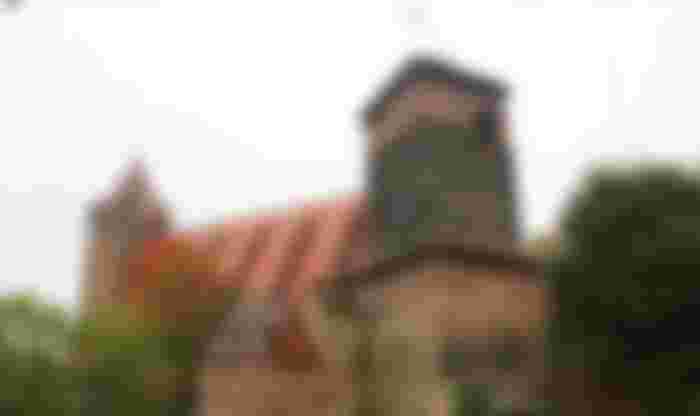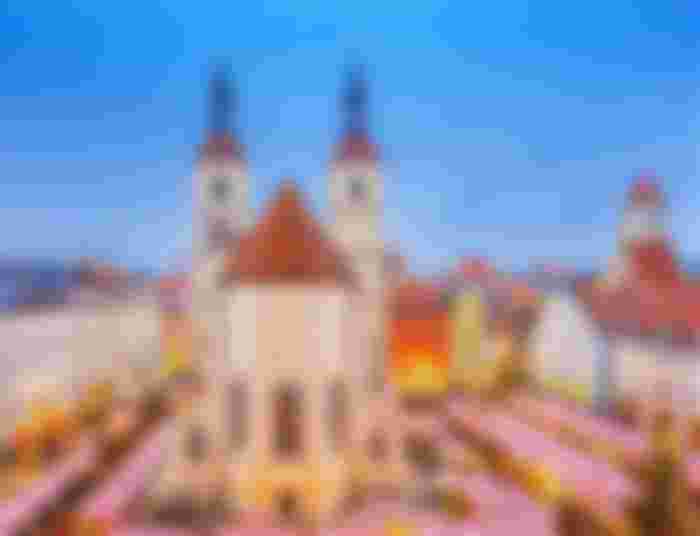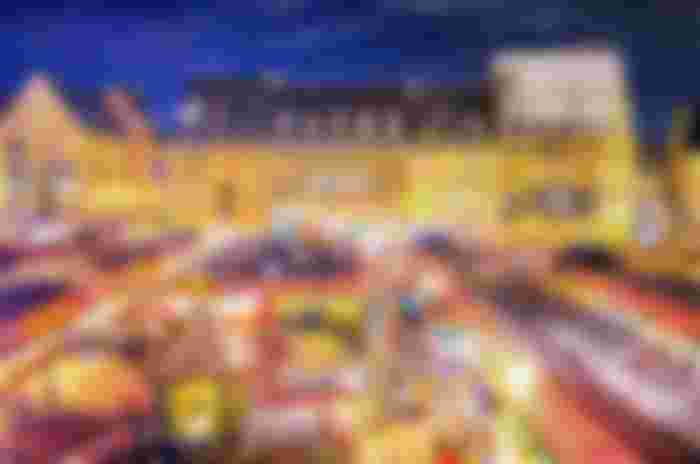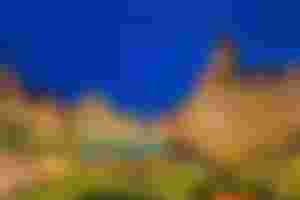
Fairy tale towns, mostly refer to towns or castles distributed around the world. The lakes and mountains, nature, tranquility, ancient castles, quaint architecture, comfortable living, and peace, not only have beautiful natural scenery, but also have a strong cultural landscape, which is in line with the aesthetic taste of fairy tales and people ’s fairy tale life Pursue yearning ...
Nuremberg, Germany, is an ancient city built in the Middle Ages. It is the palace of the imperial emperor and the seat of the marquis of the Holy Roman Empire. The famous German fairy tale writer Huffman's fairy tale "The Nutcracker and the Mouse King" happened in Nuremberg on Christmas Eve. This story was later famous by the Russian composer Tchaikovsky as the ballet "The Nutcracker" and became famous all over the world ...

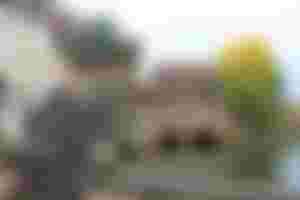
Nuremberg has two sister cities: Furth and Erlangen. The railway from Furth to Nuremberg is the first railway in German history, which opened the chapter of German industrialization and became the starting point of German industrialization. Therefore, the German Federal Railways' railway museum is located in Nuremberg, but a fire in 2005 caused the museum's collections to be almost lost.
Historically, Nuremberg was one of the central cities under the rule of the "German National Holy Roman Empire". For this reason, the Nazi Party tried to use Nuremberg's historical traditions to smear it with a layer of false gold, making Nuremberg the Nazi Party's annual party congress in the Nazi German era.

Nuremberg had endless sights during the German era of Hitler, and as a result, the city became the focus of bombing by British and American allies. The old town with a medieval style has been razed to the ground. Although it was rebuilt after the war, it is not as good as it was. The famous Anti-Semitic Nuremberg Act of the Third Reich was released here, setting off a storm of ethnic cleansing ...
According to historical records: Nuremberg was built in 1050, and King Henry III gave this land to one of his servants. Because Nuremberg's location is on an important node of more than a dozen commercial roads in Central Europe, it has developed rapidly and become a prosperous city. Its cultural heritage is wealth, not weapons.

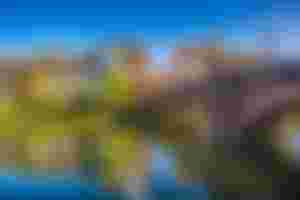
In 1423, Nuremberg became an "empire free city", where the crowns and swords of the emperor and kings of the Holy Roman Empire at that time were preserved here. As a result, Nuremberg's role has changed proudly, becoming more entangled with the core of politics. In 1528, Martin Luther called the city "German Eyes and Ears ..."
In fact, most foreigners' understanding of Nuremberg comes from history textbooks. The Nuremberg International Military Tribunal, which began on November 20, 1945 and lasted for four years, is the trial of Nazi war criminals: the famous "Nuremberg Century Trial". The word Nuremberg has always been heavy and serious in the minds of the world. Nonetheless, today Nuremberg is gradually reappearing the style of "the medieval metropolis of the world".
Nuremberg is unique in its strong medieval history and culture. The thick ancient city walls, the wide moat ruins, and the iconic defensive arrow towers towering at the four corners of the old city make people feel like they have traveled to medieval times in Europe ...


Built in 1352, east of the Nuremberg market, this church is a Gothic building that is now a Catholic church. It is said that King Charles IV, who was afraid of thieves stealing his jewellery, built this church as a storage room.
The Church of Our Lady seems to be ugly, but it is the coronation of the Holy Roman Emperor. The special four-column structure makes it possess the noble character of a crowned church. The golden cross in front of the church is very noticeable, and many people sit quietly and pray.

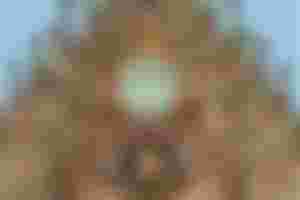
The internal structure of the church is very magnificent. Although the light is relatively dim, there is still a lot of natural light. It is sprinkled through the colored glass windows. This sacredness can only be realized by seeing it personally.
The ancient foyer and carvings on the west side of the church add a lot to it. Above the foyer is a choir. The clock at the top rings at 12 noon every day. There will be seven "Emperor Electors" appearing on the bell, in turn paying tribute to Charles IV in honor of Charles IV's promulgation of the important "Golden Seal of the King" in 1356. It is said that whenever the first day of the new year, the Roman emperor appears here to accept the tribute of his subjects ...
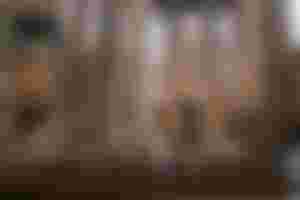
Emperor Castle is located at the northernmost point of Nuremberg and the highest point in the distance. The emperor's castle was built in the 11th century. In history, almost every emperor has left traces here, so it was named emperor's castle. According to records: The emperor's fortress originated from the 14th-century fortified city wall. The wall is 5 kilometers long, has 4 main crossings and 80 defensive cities. It was Henry III who built the castle on top of a protruding rock, which gradually became hereditary territory.
The castles are all made of boulders, with soft colors, rough lines and unique style. The buildings in the fort are connected by passages, corridors, tunnels and gardens. On the avenue leading to the outside, there is a high tower sitting on the gate of the city. The tower has a diameter of 18 meters and a height of 39 meters. Since ancient times, the tower and the castle have been the landmarks of Nuremberg. A glimpse of the ancient city. Especially after winter snow, it seems like a fairy tale world ...

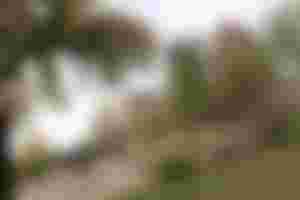
Rome here does not refer to the Romans, and has nothing to do with the earlier Roman Empire. The Holy Roman Empire refers to a monarchy empire in Central and Western Europe from 962 to 1806. The core was dominated by Germany, and most of the surrounding areas were included in the territory of the empire. Including today's Austria, Belgium, Netherlands, Switzerland and more. The heyday also included Italy and most of France.
The emperor of the Holy Roman Empire had the highest power, while other countries at that time and many parts of Germany today are the Principality, Hou, counties and free cities of the Empire. The empire did not have a specific capital city, only the king and the emperor's palace are located. The palace of each period may not be in the same place ...


Opposite the Old Town Hall, St. Sebald Church is the oldest church in Nuremberg. Built in 1230, it was originally a Romanesque building. Major alterations were made in the 14th century and the hall was changed to Gothic. Double towers were added in the 15th century. In the 17th century, its interior decoration was changed to Baroque.
The exterior wall of the church is decorated with a lot of fine reliefs. The highlight of the church is the bronze temple of San Sebald, a masterpiece of mixed Gothic and Renaissance styles that took the designer 11 years of hard work.
This church may not have too many glorious backgrounds and stories. However, not every church has an extremely considerable history and value, but Europe is basically founded with Christianity. One of the blood ...
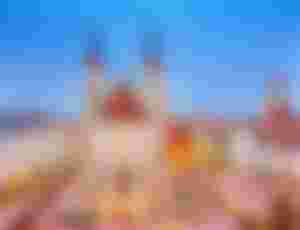
The main market square is located in the center of Nuremberg's Old Town. In the 12th century, this was a Jewish settlement, and it was later transformed into a market square. During Nazi Germany, the annual Imperial Party Congress was held in the square, accompanied by a grand parade.
The Nuremberg Christmas Market is considered to be the oldest traditional Christmas market in Germany. It has continued for more than 300 years and attracts more than 2 million tourists from around the world every year. In December every year, Nuremberg is full of fairy tale-like atmosphere with a variety of goods and activities, and it is also awarded the title of "Number One Christmas City".
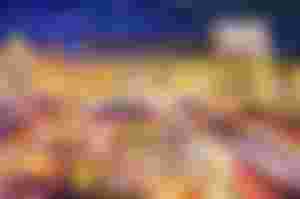
Nuremberg is also known as the "Toy Capital" of the world. The earliest toys were made of clay, it was just a by-product of people's labor. Later, people started to make toys from wood, which took toys a big step forward. At this time, the artisans of Nuremberg used tin to make toys, creating a miniature world. Later, their toys became more and more sophisticated, making Nuremberg one of the important toy trading centers in the world.


Nuremberg has a lot of precious handmade toys at the time. There is a toy called "Double Carousel". It was made in 1910 and has a history of nearly 100 years. Many of its components are detachable, and it also contains music boxes, which are very precious. The price on the auction floor has reached astronomical figures. Although the golden age of these old-fashioned toys has passed, they have ensured Nuremberg, the toy capital, with its immortal reputation.

